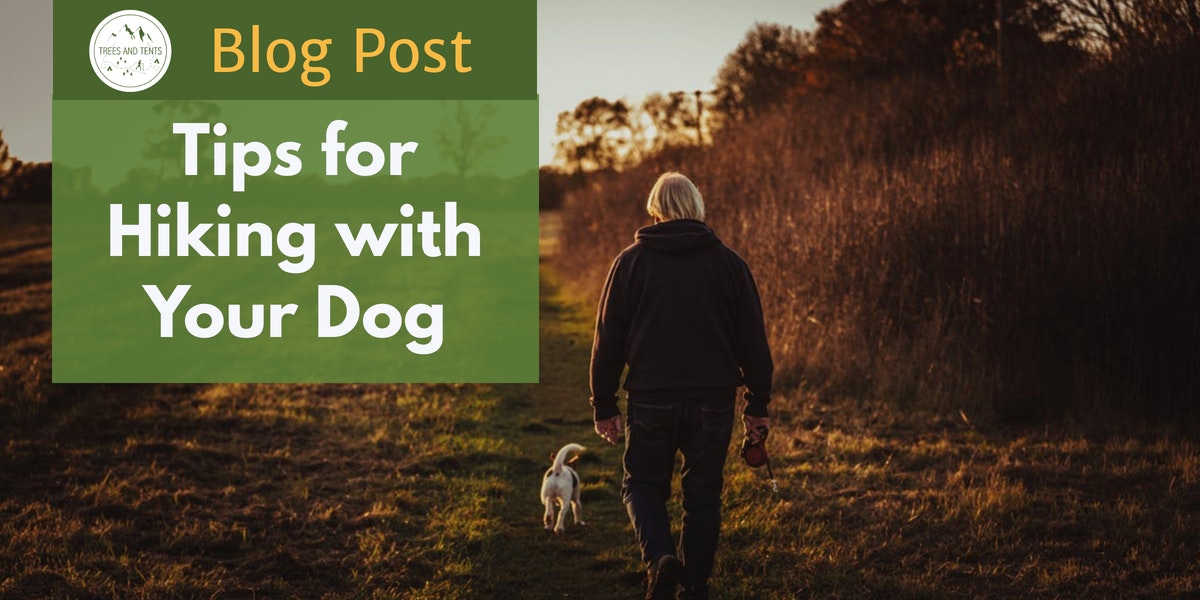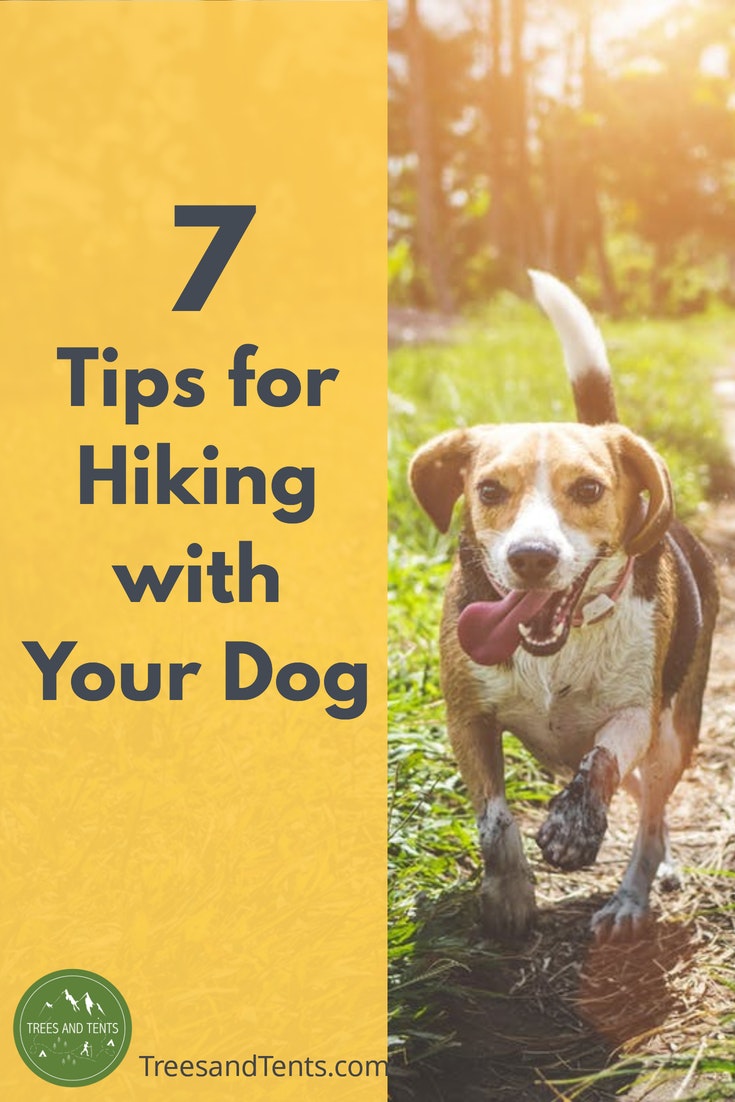
Tips for Hiking with Dogs
This post contains affiliate links. If you purchase a product through one of my links I will earn a small commission at no extra cost to you. Affiliate links help keep this site running. Thanks for your support!
For many years, my regular hiking partner was Grizzly, a bulldog-boxer mix. Grizzly and I went everywhere together. We spent summer weekends filling our lungs with mountain air in Tahoe, and in the fall we sauntered among the changing Oak trees in the East Bay hills. Our adventures included exploring the Lost Coast and once we even attempted to hike through snow to get to Bodie in the winter. These seven tips for hiking with dogs should help make your hikes safe and enjoyable.
Always willing to hit the trail, Grizzly was a wonderful hiking companion. Our time on the trail kept Grizzly lean and trim (despite his tendency for laziness) and it gave me the sense of safety that I needed to confidently hike alone. A bulldog-mix isn’t the most likely hiking companion, but with a little bit of planning and foresight I was able to select adventures that we could both enjoy.
Since Grizzly is no longer with me, I often borrow a pup to take along on dog-friendly trails. From the water-loving husky to the short-legged toy dog, all dogs make great hiking partners! Below are seven tips for hiking with dogs to help ensure that both you and your four-legged friend have fun on the trail.

BRING ON THE FUN! TIPS FOR HIKING WITH DOGS.
1. Choose the best trail for your dog.
Grizzly’s wide chest and shorter front legs made scrambling over boulders and scurrying up bluffs difficult, but that didn’t matter because there were more than enough trails that were better suited for his stature. Understand your dog’s limitations and find dog-friendly trails that you will both enjoy. Having to hoist your dog over a fence or carry them over difficult terrain can be potentially dangerous for both you and your dog.
2. Bring plenty of water and avoid hiking in the heat
Dogs require more water and may need to take more breaks than their human companion. Dogs are extremely susceptible to heat stroke, and an excited dog who is eager to please may not show signs of heat stroke until it is too late. Learn how to read your dog’s physical cues to ensure that your pup doesn’t overheat or become dehydrated on the trail. Give yourself extra time to enjoy the vista and give your dog some time to cool off in the shade. If it’s hot outside consider hitting the trail in the early morning or evening; dogs sweat through their paws, so if the trail is hot your dog won’t have a chance to be able to sufficiently cool off.This YouTube video shows the signs of heatstroke in a dog and talks about how to cool them down.
3. Be sensitive of tender paws.
Grizzly loved playing in the snow and every winter we’d head off to Tahoe for some snowshoe hikes. Unfortunately, spending too much time in the snowmade his paws crack and bleed. Much like you wouldn’t strap on a brand new pair of hiking boots before setting off on an epic trek, you shouldn’t expect your dog’s paws to automatically withstand the rigors of a long trail. Sharp rocks, hot pavement, ice, and uneven terrain can be hard on your pup’s paws. Help your dog prepare for the trail by starting with short hikes before building up to longer distances on rough terrain. During our snowshoe hikes applying some Musher’s Secret Paw Protection Wax helped protect Grizzly’s paws and keep them from cracking and bleeding.
4. Steer clear of poison oak and wild animals.
Whether it is a snakebite from the rattler hiding in the brush or a run-in with a bear, you are responsible for keeping your dog safe. Your dog is typically always safer on a leash than running free on the trail. In fact, if you have a small dog and you are in mountain lion or coyote territory, the leash may be the only thing preventing your dog from becoming another animal’s lunch. If you do let your dog off leash, make sure to keep your furry friend constantly in your sightline–you never know what treasures (or possible threats) are ahead.
5. Make sure your dog is well trained.
Before hitting the trail your dog should be extremely well trained. At the minimum, your dog should be able to remain calm and non-aggressive around people and other dogs and should obey basic commands, including recall. If your dog doesn’t have perfect recall, don’t think about letting them off the leash. There are too many distractions on the trail and if you lose your dog in the wilderness he probably won’t be able to find his way home. Check out these tips for training your hiking dog
6. Do a post-hike tick check
Ticks are prevalent in most of the U.S. and they can make both humans and dogs ill. I always do a quick post-hike tick check before getting into the car and a more thorough check when returning home. Here’s what to look for and how to properly remove a tick.
7. Carry a first aid kit.
A basic first aid kit is an essential element in your daypack. Whether you get a splinter while enjoying lunch on the dock or take a more serious spill on the trail, being prepared with a first aid kit can make the hike back to the car much more enjoyable. Add the following supplies to your first aid kit for your furry companion:
- A small container of baby powder. This will come in handy if your dog experiences chafing due to a harness or pack.
- Dog booties or some rubber gloves. The rubber gloves can be used to temporarily protect your dog’s paw in case of emergency.
- Styptic swabs to quickly stop the bleeding from a broken nail or other small injury.
- If you are on a multi-day backpacking trip and live in a region with porcupines you should have a small pair of pliers on hand and know how to properly remove a porcupine quill
Are you looking for dog friendly trails in the Bay Area? Check out the blog post five dog-friendly trails near San Francisco for some ideas for dog-friendly hiking trails!


Hi! Great post!
I had two questions what type of dog is that? He/ she is so cute. Also what backpack do you use? I’ve been looking all over for a good roomy backpack that I can still have room to put my stuff in.
Thanks for the comment. Bo is an adorable 12-pound mutt. I use the Osprey Exos 48 as my daypack and my backpacking bag. It’s a little big for a day pack, but it is so comfortable and lightweight that I always grab it over my smaller backpacks. I put a towel in the bottom of the backpack so that I can easily carry Bo when her legs get tired.